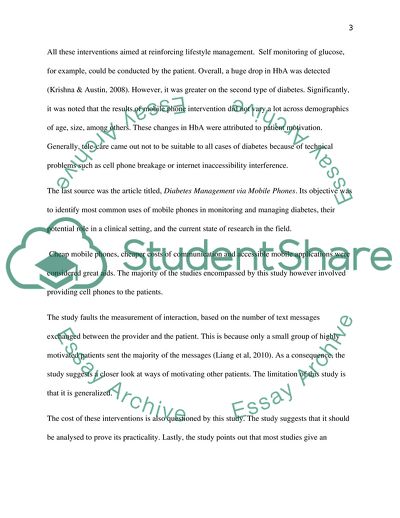The positive effect of mobile phone (m-health) intervention in Literature review. https://studentshare.org/health-sciences-medicine/1774455-summary-review-of-the-positive-effect-of-mobile-phone-m-health-intervention-in-diabetes-self-management
The Positive Effect of Mobile Phone (m-Health) Intervention in Literature Review. https://studentshare.org/health-sciences-medicine/1774455-summary-review-of-the-positive-effect-of-mobile-phone-m-health-intervention-in-diabetes-self-management.


